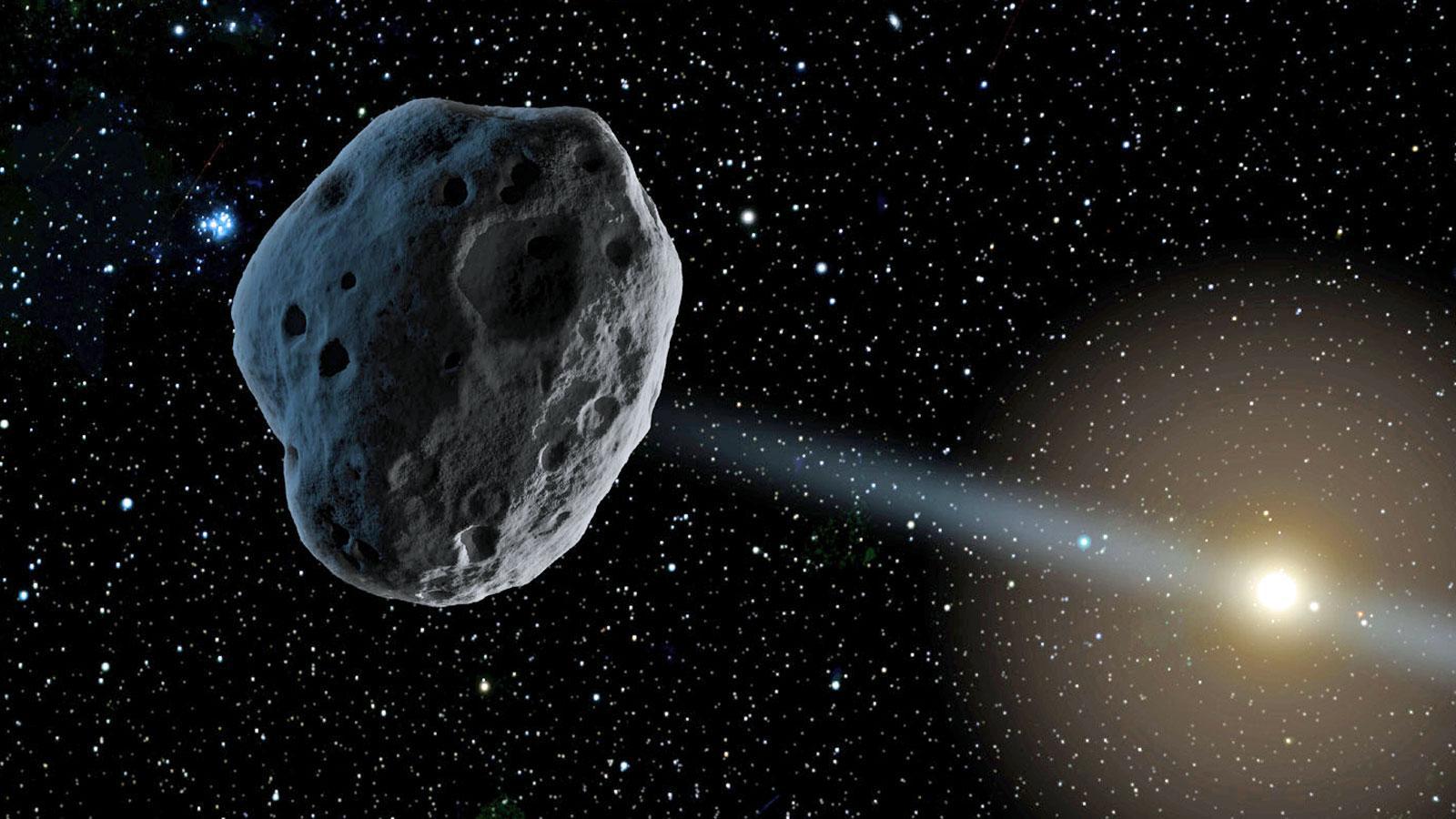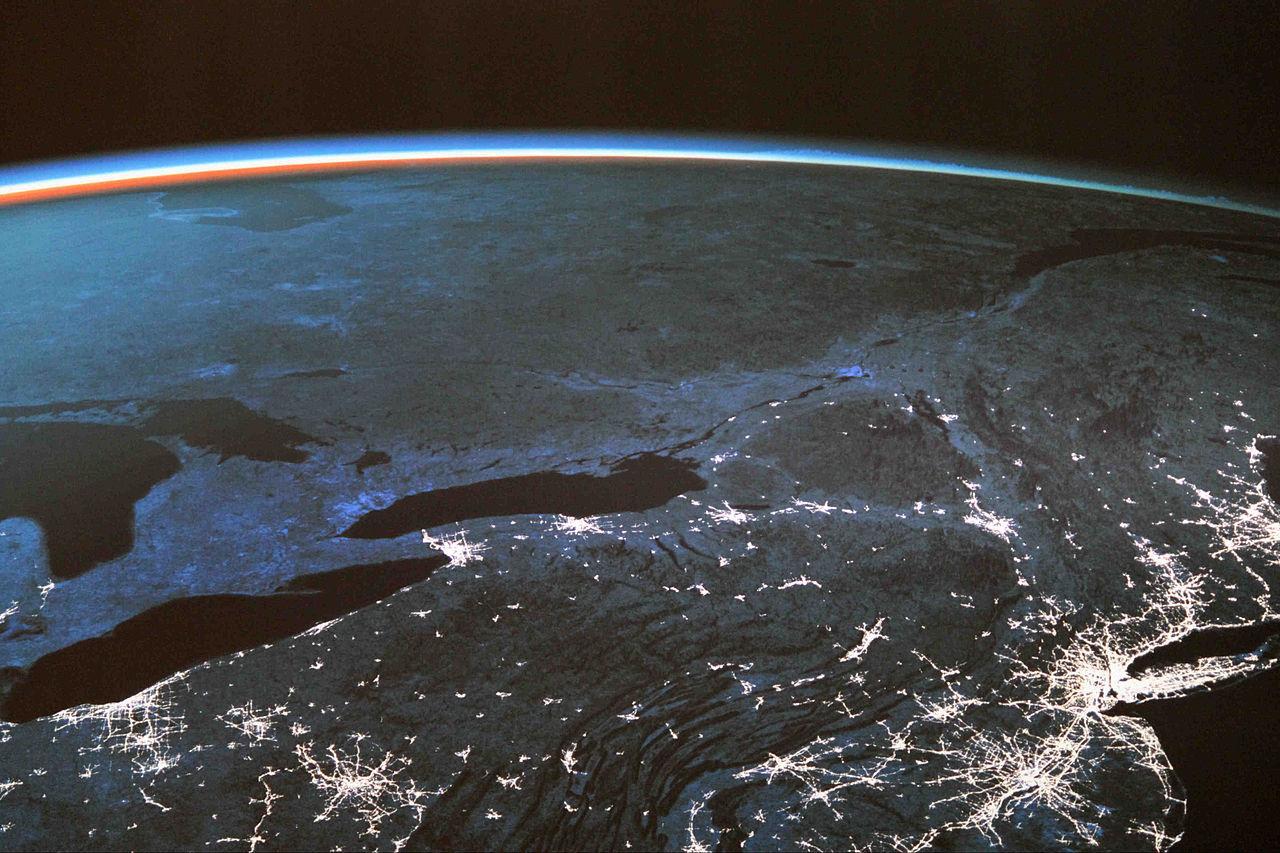Earth’s ‘Quasi-moon’ Will Be Around for Thousands of Years
Astronomers observing the various celestial objects surrounding our planet have discovered the presence of an asteroid whose orbit around the sun is closely aligned with our planet.
Named 2023 FW13, the quasi-moon companion follows our planet during its annual journey around the sun. Now, researchers suggest similar celestial bodies like this could help humanity reach Mars in the future.
What Are Quasi Moons?
Celestial objects such as asteroids, which don’t necessarily orbit a planet but share a similar orbital path, are referred to as quasi-moons by astronomers.

Source: Wikimedia
They differ from moons, which typically follow the planet at a consistent distance, as quasi-moons orbit alongside planets in complex paths due to the gravitational pull of the sun and larger celestial bodies.
Characteristics of a Quasi-Moon’s Orbit
Quasi-moons generally have a horseshoe or tadpole-like orbit, resulting in the celestial body moving in front of and behind a planet during its orbit around the sun.

Source: Wikimedia
The movement creates a unique horseshoe shape when astronomers observe the orbit from a fixed point in space. However, viewed from the perspective of the planet, it resembles a tadpole shape.
Astronomers Spot Asteroid 2023 FW13
Researchers first spotted the quasi-moon Asteroid 2023 FW13 using the Pan-STARRS survey telescope back in March 2023.

Source: Wikimedia
The powerful and state-of-the-art telescope is located atop a dormant volcano in Maui, Hawaii. Shortly after, the Canada-France-Hawaii telescope recorded it, followed by sightings from the Kitt Peak National Observatory and Mt. Lemmon SkyCenter.
Nine Million Miles From Earth
According to astronomers, the asteroid is around 50 feet (15 meters) in diameter and, on average, nine million miles from our planet as it orbits the sun.

Source: Wikimedia
This past April 2023, FW13 was officially recognized by the International Astronomical Union’s Minor Planet Center. This organization is behind the designation of new celestial bodies in our solar system, including planets, moons, and other smaller objects.
Astronomer Concludes 2023 FW13 is a Quasi-Moon
Astronomer Adrien Coffinet heard of the discovery, which piqued his interest. He later used a computer simulation to track the asteroid’s orbit.

Source: Wikimedia
According to Coffinet’s observation, 2023 FW13 completes a full orbit around the sun in the same amount of time as our planet. However, it also circles our planet, which led Coffinet to conclude it was, in fact, a quasi-moon.
Researcher Calls Coffinet’s Observation Far-Fetched
A senior research scientist at the Space Science Institution in Boulder, Colorado, shared her thoughts on Coffinets’ analysis, and it’s clear she has a different opinion.

Source: Wikimedia
According to Harris, as Earth essentially plays no role in the motion of the asteroid, classifying it as a “quasi-satellite” is a bit far-fetched.
Asteroids' Long Future With Earth
While researchers may continue to argue about the classification of the asteroid, we know it has orbited the sun alongside our planet for nearly 2,000 years.

Source: Wikimedia
According to scientists, it will remain our planet’s cosmic companion until around 3700.
The Oldest Quasi-Moon to Date
There are only two recognized quasi-moons to date. Speaking on the rarity of the most recent discovery, 2023 FW13, Coffinet explained it’s the oldest in terms of how long it’s been following the Earth.

Source: Wikimedia
“It seems to be the longest quasi-satellite of Earth known to date,” Coffinet said.
No Chance of a Collision With Earth
Despite its proximity to Earth, researchers assure us that there is no immediate threat of a collision with 2023 FW13 in the foreseeable future, providing a sense of safety and reassurance.

Source: Freepik
“The good news is, such an orbit doesn’t result in an impacting trajectory ‘out of the blue,'” Harris said. “Such an orbit has greater long-term stability than other non-resonant orbits.”
Stepping Stones to Mars
According to Richard Binzel, an astronomer at the Massachusetts Institute of Technology (MIT), large celestial bodies such as the 2023 FW13 may hold the key to significant advancements in space exploration, potentially aiding in human missions to Mars.

Source: Wikimedia
The researcher suggests the asteroid could be used as a stepping stone, meaning spacecraft would land on them safely due to their low velocity. He continued it “makes sense as a way to practice deep-space missions. Committing a crew and hardware to a longer mission to Mars needs practice. It’s a shakedown cruise.”
Cruithne Quasi-Moon
The only other current quasi-moon is 3753 Cruithne, first discovered in 1986 by astronomer Duncan Waldron at Siding Spring Observatory, Coonabarabran, Australia.

Source: Freepik
The asteroid is around 5 kilometers in diameter and takes around 770 years to complete its horseshoe orbit around the Earth. Waldron named the asteroid in honor of the Cruithne, an Indigenous group of the British and Irish Isles whose ancestors fought against the Roman Empire.
